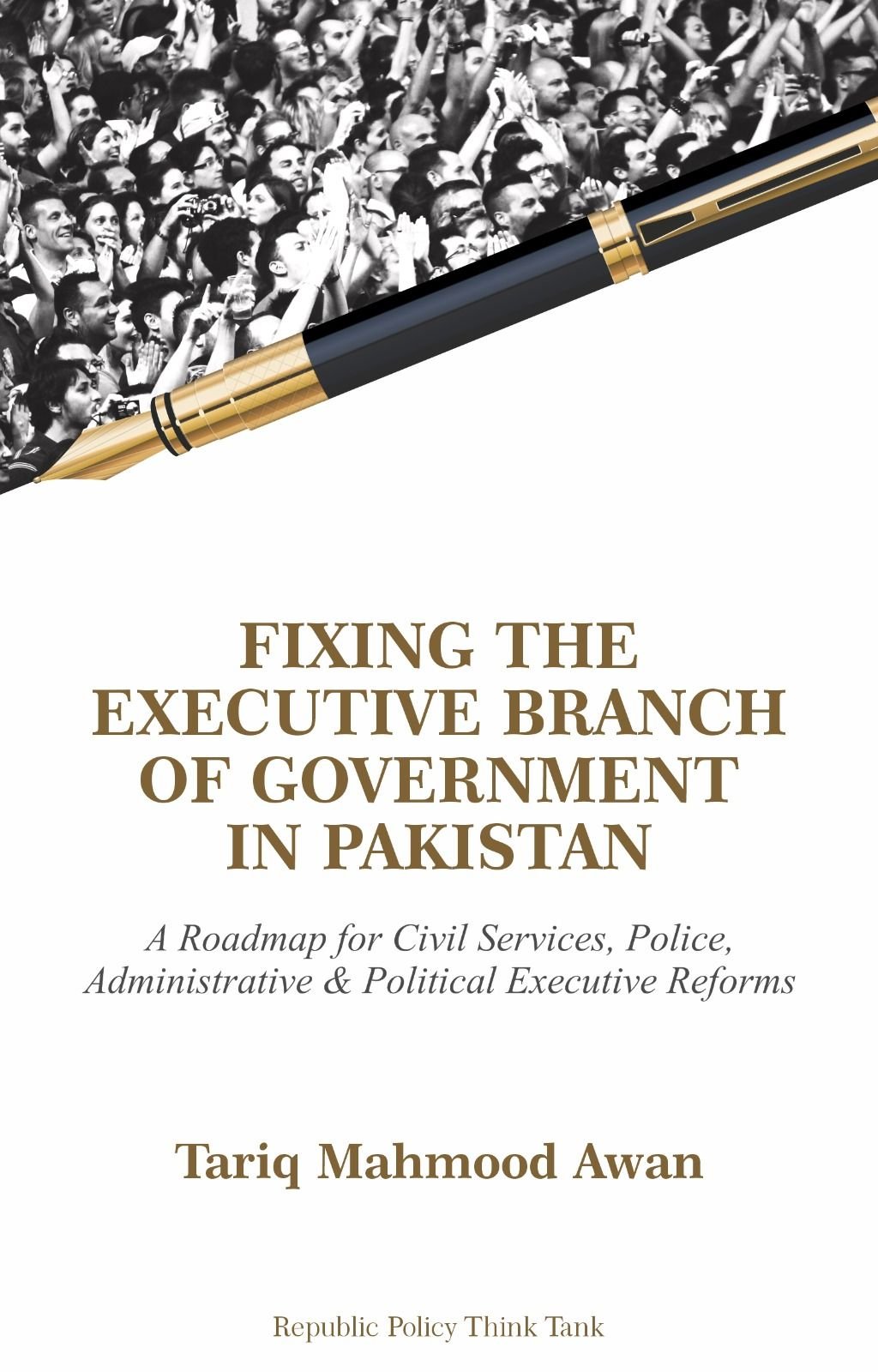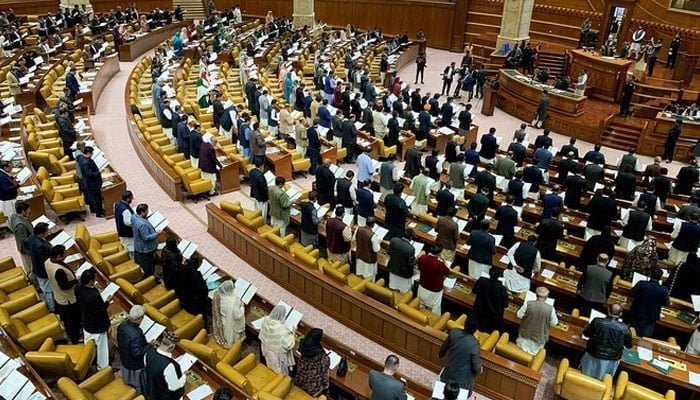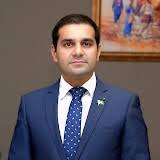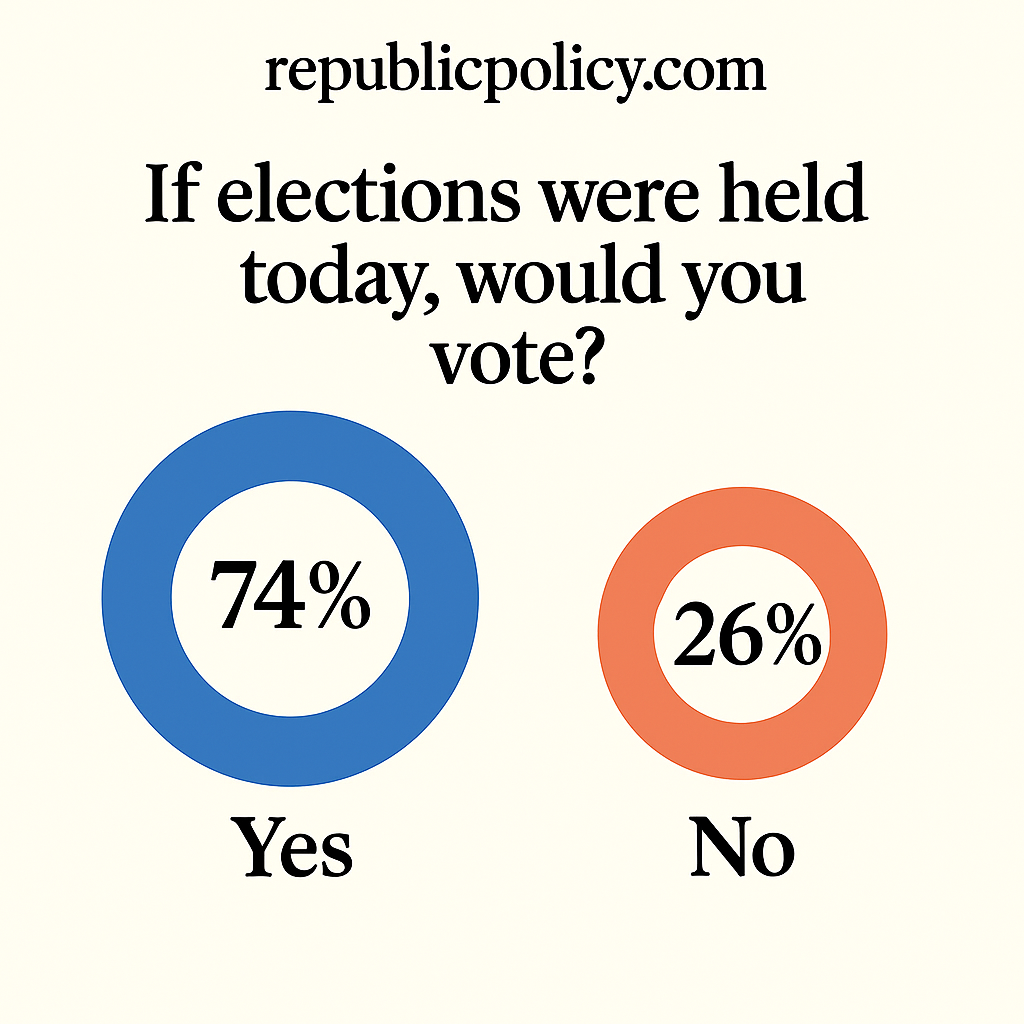Dr Bilawal Kamran
Pakistan successfully completed a nine-month Stand-By Arrangement with the International Monetary Fund (IMF), marking a significant milestone in the country’s economic recovery efforts. Following this, the nation transitioned into a more ambitious 37-month Extended Fund Facility (EFF), valued at approximately $7 billion, representing 261.9% of Pakistan’s IMF quota. The primary goal of this agreement is to stabilize the country’s macroeconomy, ensure the sustainability of its external sector, and support long-term growth.
As part of this transition, Pakistan has already implemented several key measures mandated by the IMF to ensure the success of the program. These actions include achieving a primary budget surplus of 1% for the fiscal year 2025 (FY25), adjusting electricity tariffs, and implementing regular semiannual gas tariff hikes. The timely execution of these prior actions helped secure the IMF Board’s approval in September 2025, unlocking the first tranche of $1 billion under the program.
To keep the program on track, progress is continuously monitored through Quantitative Performance Criteria (QPCs), Indicative Targets (ITs), and Structural Benchmarks (SBs) outlined in the Memorandum of Economic and Financial Policies (MEFP). Regular semiannual reviews ensure that Pakistan remains on course, while assessments of financing commitments ensure the program stays adequately funded.
A noteworthy aspect of this agreement is its inclusion of provincial commitments. Provinces are required to consult with the federal government and the IMF before implementing measures that could affect the program’s objectives, ensuring a coordinated approach across all levels of government.
Review and Milestones of Pakistan’s IMF Program
The first formal review of Pakistan’s progress under the EFF is scheduled for February 2025. However, an early stock-taking mission by the IMF in October 2024 provided valuable insights into the implementation of the program. This review will assess Pakistan’s performance against the targets set in the MEFP for December 2024 and guide the next phase of reforms.
Several QPCs have been established for December 2024. For instance, the first QPC sets a minimum threshold for the net international reserves of the State Bank of Pakistan (SBP) at $12.15 billion. However, as of December 27, 2024, SBP reserves stood at $11.71 billion, indicating a slight shortfall. Other QPCs focus on controlling the SBP’s net domestic assets and foreign currency positions, though public data on these metrics remains insufficient for a thorough evaluation.
In terms of fiscal policy, the fourth QPC aims for a primary budget surplus of Rs 2,877 billion, which appears to have been met, supported by a strong transfer of Rs 2,500 billion from the SBP during FY25’s first quarter. The fifth QPC targets government guarantees, setting a ceiling of Rs 5,200 billion, with hopes that fiscal discipline has been maintained.
Social spending also plays a pivotal role in the program’s success. The sixth QPC targets a cumulative floor of Rs 235 billion for cash transfers under the Benazir Income Support Program (BISP) by December 2024, which seems likely to be met given the expansion in household coverage and disbursements. Meanwhile, the seventh QPC aims for 225,000 new tax returns from first-time filers, a target that appears to have been achieved.
The program also includes two Continuous Performance Criteria (CPCs), which restrict new credit flows from the SBP to the government and mandate zero external public payment arrears. Both CPCs appear to have been adhered to, although the external payment arrears target warrants further scrutiny.
Pl watch the video and subscribe to the YouTube channel of republicpolicy.com for quality podcasts:
Tax and Revenue Collection Challenges
Despite some positive progress, several challenges remain, particularly in terms of tax revenue collection. For instance, the Federal Board of Revenue (FBR) set a target of Rs 6,009 billion in net tax revenues for the first half of FY25, but it fell short by Rs 386 billion. Although revenues grew by 26.5%, the shortfall raises concerns about the potential for a significant deficit by the end of the fiscal year, which could reach up to Rs 1,000 billion. As per the MEFP, the government must introduce additional tax measures if deviations exceed 1% of the target, and the current deviation stands at a worrying 6.4%.
Pakistan has long struggled with integrating the large informal sectors—wholesale and retail, which together account for about 55% of the country’s GDP—into the formal tax system. The target for net tax revenues from retailers under the Tajir Dost scheme, set at Rs 23.4 billion by December 2024, remains significantly unmet. However, Pakistan has managed to meet the target for tax refund arrears, which were capped at Rs 43 billion, providing some reassurance on this front.
At the provincial level, tax performance is also critical for the program’s success. One of the ITs requires provincial revenue authorities to collectively meet a target of Rs 376 billion in net tax revenues by December 2024. Given the provinces’ overall revenue potential, this target is within reach. However, addressing power sector payment arrears, commonly known as circular debt, remains an ongoing challenge. The program sets a cap of Rs 461 billion on these arrears, and while declining electricity consumption poses difficulties, there has been promising progress toward meeting this target.
Structural Reforms: Progress and Setbacks
Structural reforms are a crucial element of Pakistan’s IMF program. These reforms aim to improve fiscal governance, transparency, and overall economic resilience. Pakistan has committed to implementing 22 SBs across various sectors, including fiscal policy, governance, social development, and monetary policy.
Three of the structural benchmarks are continuous commitments: refraining from granting tax amnesties or preferential treatments, securing parliamentary approval for non-budgeted expenditures, and maintaining a narrow premium between the interbank and open market exchange rates (within 1.25%). Encouragingly, the country has largely adhered to these commitments.
Among the key SBs due by December 2024, the approval of a National Fiscal Pact that assigns certain spending responsibilities to the provinces is a significant milestone. The IMF will assess whether this reform has been effectively implemented. Another important SB required the submission of a comprehensive report detailing strategies to reduce the federal government’s footprint. However, the contents of the report remain undisclosed, and its evaluation will be crucial in the next review.
Provinces were also tasked with amending the Agriculture Income Tax legislation to align with federal tax frameworks for small farmers and commercial agriculture. Unfortunately, only one province met the deadline, leading to a missed benchmark.
Other ongoing structural reforms include improving compliance in large taxpayer units, amending the Sovereign Wealth Fund Act, and reforming governance in state-owned enterprises. However, the amendment to the Sovereign Wealth Fund Act remains pending, indicating areas where further effort is needed.
The Road Ahead: Challenges and Opportunities
Pakistan’s journey under the EFF program has been a mixture of progress and setbacks. As the first formal review approaches in February 2025, the government must address the gaps and provide credible explanations for unmet targets. With timely corrective actions, Pakistan can stay on track and ensure the continued flow of external disbursements, which are vital for stabilizing the economy.
For Pakistan to successfully navigate the remainder of the IMF program, it must focus on enhancing tax revenues, improving governance, and addressing structural issues such as circular debt. The success of these reforms will not only boost investor confidence but also steer Pakistan toward a more sustainable and stable economic future.
2/2














